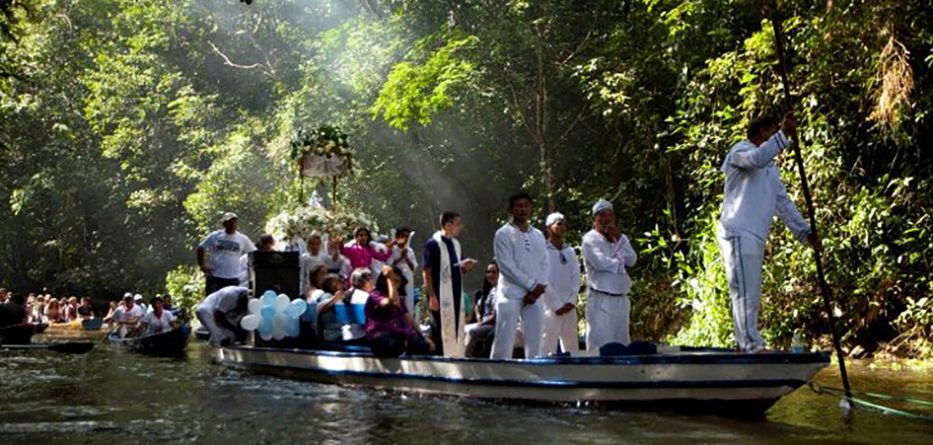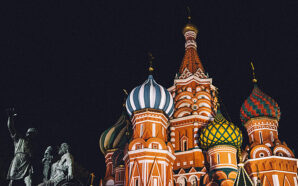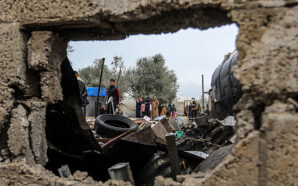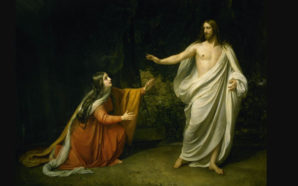Act justly, love tenderly, walk humbly: The potential of religions to motivate climate action
Paper presented at the 2020 Fireflies Dialogues
What Hope? What Action?…in the Anthropocene
Bangalore, 9-12 January 2020
Anne Benjamin
4. Laudato Si’ and the Amazonian Synod as calls to climate action
It is clear that Pope Francis’ Laudato Si’ (LS) heightened awareness of the climate crisis and brought it “to the table” in terms of being a legitimate – and urgent – focus for discussion, not only among Catholics but people of all traditions and faiths.
The first comment about LS is that its serious and comprehensive treatment gives it credibility, reflected in the response of other religious leaders to join in dialogue. Secondly, Francis’ discussion about finding sustainable and integral development for our common home is consistently referenced around the intimate relationship between the poor and the fragility of the planet. (SI, para 16)
Francis is not first nor last in naming the need for human conversion, to acknowledge human responsibility for the crisis, to recognise the earth and its species as of value in themselves. (LS para 33) This is a key theme throughout the Abrahamic scriptures, involving a metanoia, a turning around, a re-orientation of one’s life. A great cultural, spiritual and educational challenge stands before us, and it will demand that we set out on the long path of renewal. (LS para 202)
A key church concept he invokes is that of the common good, the principle of respect for the human person as such, endowed with basic and inalienable rights ordered to his or her integral development, leading to the overall welfare of society. (LS para 156ff) The principle of the common good becomes logically and inevitably a summons to solidarity and a preferential option for the poorest of our brothers and sisters (LS para 158) and for justice for the generations who follow.
There is, he says, no quick fix: caring for ecosystems demands farsightedness. (LS para 36) He argues for an integral ecology, recognising that everything is interrelated, and that crises and solutions are complex and comprehensive. (LS Chapter 4) Solutions will be found through farsighted politics, education, dialogue, enforceable international agreements, national and local policies that go beyond immediate results and short-term growth, and beyond the political cycle, and will always involve cooperative interdisciplinary action in which religion plays a part. (LS para 197)
SI produced a bump in concern about climate. Dialogue has taken place, some universities have introduced climate-related programs of study, discussion groups at local church and community level have occurred. However, if I were to ask fellow parishioners in my local church about SI, even now, in the midst of the ongoing fire crisis, I suspect that few would be familiar with it. However, scholars have concluded that SI also further polarised the issue, hardening the lines between liberals and conservative views on the matter. (Jenkins et al, p 88)
This hardening of lines was exemplified in Francis’ other initiative, the Amazon Synod, which concluded in October 2019. The Synod was a response to the desperate cries for help from the native peoples of the Amazon who turned to the church to help them as their lands were stripped, plundered and burned.
The Synod prophetically placed Amazonian and indigenous communities at the centre of the synod process and made a clear option for these communities over foreign economic interests; the Synod re-emphasised the need for conversion, but radically for the Catholic church, premised conversion that embraced pastoral, cultural, ecological and synodal domains. (Hansen)
In refusing to separate pastoral concerns from ecological questions, the Synod in fact demonstrated something of the conversion called for in SI. It showed a church willing to change its own thinking. As one respected commentator wrote, the synod had to ask what kind of church it would be if it heard the cry of the poor and the cry of the earth as one cry and responded as Christ would. Consequently, the way forward outlined by the Amazon Synod’s Final Document is for a church that is permanently undergoing a fourfold conversion—cultural, pastoral, ecological, and synodal… a servant church, … standing with the people in defence of their rights and their land. (Ivereigh)
This suggests that the relationship between religion and climate action can be dynamic: not only can religion motivate climate action; for those engaging in it, climate action can also influence and modify some aspects of religion.
Inside the Synod hall, the Amazonian Bishops faced intense opposition from a minority of cardinals from the Roman bureaucracy. Further afield there was a well-funded campaign against the Pope’s efforts to respond as his heart dictated. When religions take climate action, there is opposition, and there will be opposition. Often, very well-funded.
In its response, religion has resources that are not limited by funds and that have energy arising from the human spirit. I will comment briefly on this.
5. Staying on course: re-engaging with religious imaginations
I’ve referred to the rich repertoire within religions of language and imagery deriving from their philosophy, theology, spirituality and rituals. These elements can, I believe, serve as reference points for both individuals and in community dialogue as we attempt to articulate the realities of the climate crisis, interpret its meaning, discern a direction and maintain energy for appropriate and wise action.
For example, the key symbols of a number of religions are drawn, variously, from nature: water, fire, wind, colour, oil, wheat, wine, cycles and seasons, fast and feast, death, rebirth. Within Christian spirituality, the desert is an image for searching one’s heart, for aridity of spirit and deep hopelessness, for seeking an encounter with God. The well is used often as an image of our inner resources, and we speak of the well running dry, or of drawing from the well of other’s wisdom or of scripture and tradition, or it could be from the insights of science and the wisdom of audacious thinkers. Stewardship is another pertinent image or principle, acknowledging that we do not own the earth, but it has been lent to us; we are its caretakers, and we are entrusted with its stewardship. Personally, the Christian concept of incarnation, the divine in human form, evokes a powerful image of presence, and how we might be truly present to the precious life all around us, as well as to each person. It is also for me at the heart of poetry…being present, seeing, understanding. As the British artist John Constable once wrote, we see nothing truly till we understand it. Can we be sufficiently present to our situation, to a local issue, to the needs of these people, that we come to understand and then truly see?
In the Pacific, people are turning again to the Noah’s Ark story from Genesis and re-telling it for the contemporary reality of rising waters. (Jenkins et al)
In this crisis in which we find ourselves, we have a long journey to make. For any long journey, we need sustenance, we need reminders of our direction, guides along the way, we need patience, determination and courage. It is, indeed, a pilgrimage of sorts. We need to be able to articulate our situation, the challenges and the possibilities.
As a guide, Pope Francis’ vision of creation as a relationship of mutual responsibility between human beings and nature (SI para 67), is helpful and aspirational. So too his message that the divine and human meet …in the last speck of dust of our planet. (SI para 9)
Anne Benjamin is a Sydney-based writer and educator. She was the Executive Director of Catholic Education Diocese of Parramatta.
Part three will be published next Saturday.
To read Part 1 of Anne’s address, click here.








